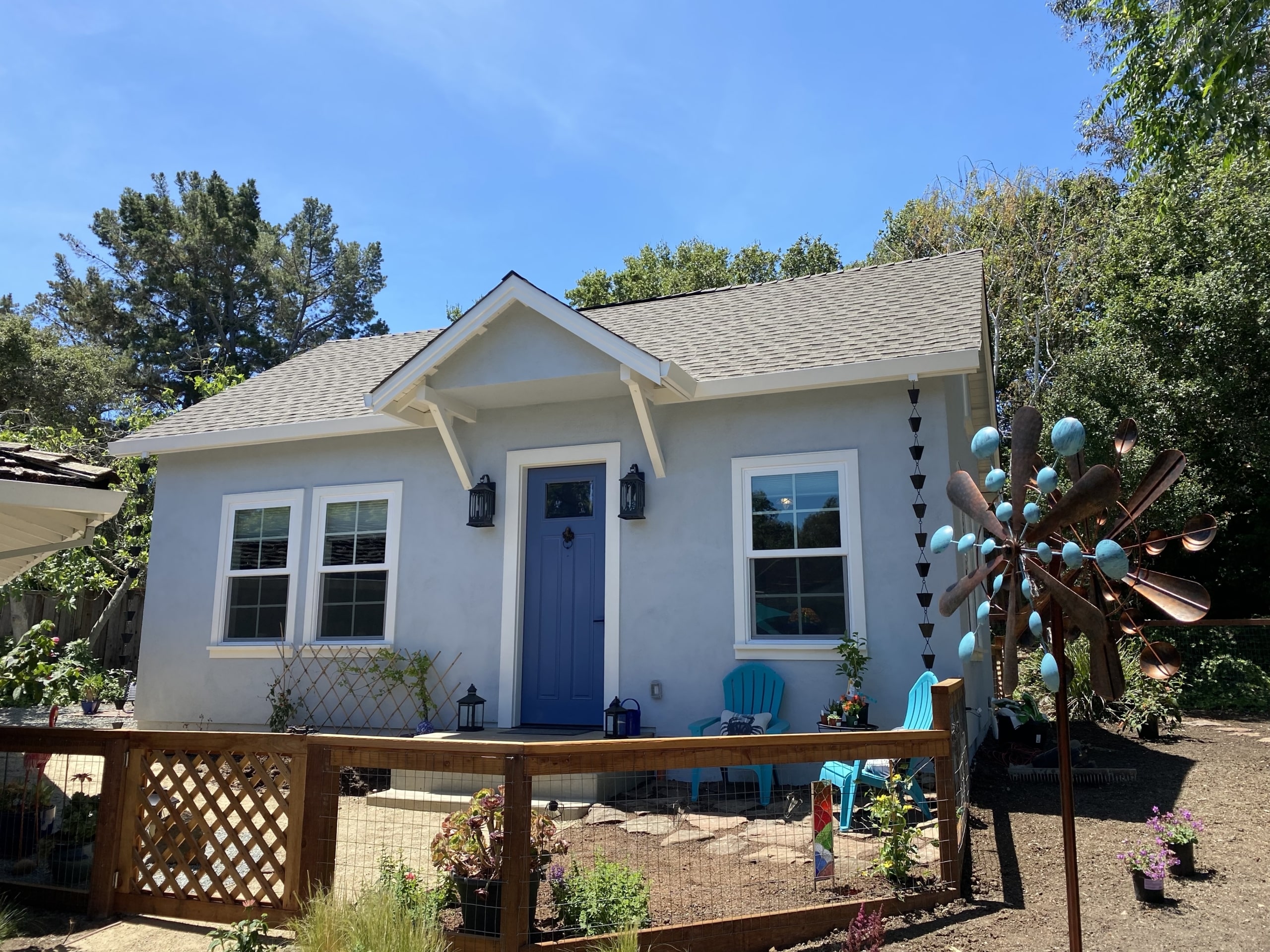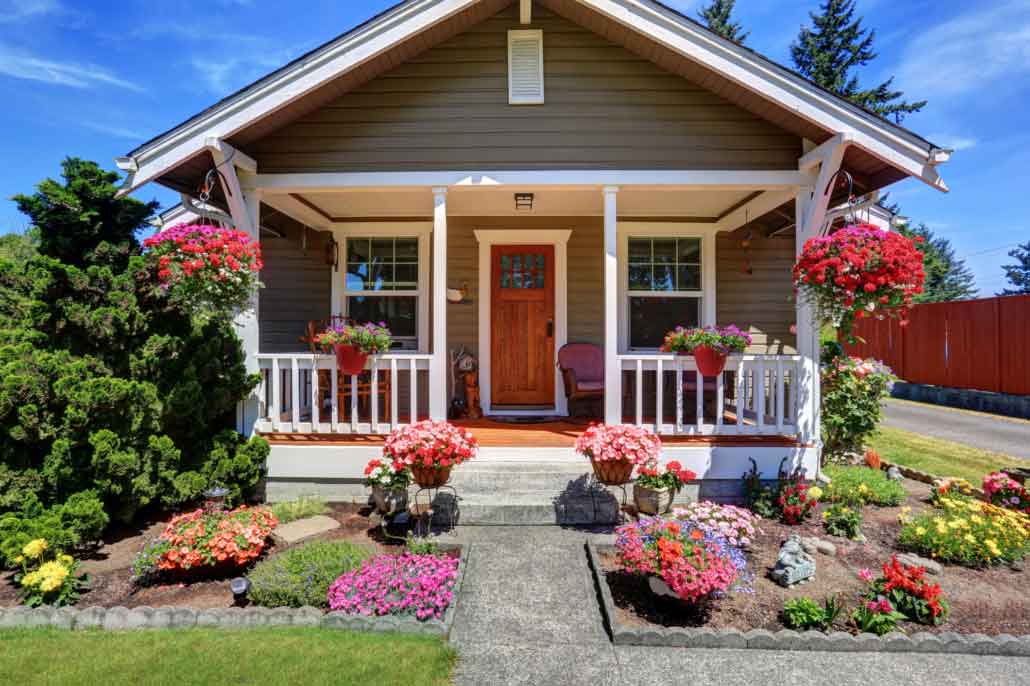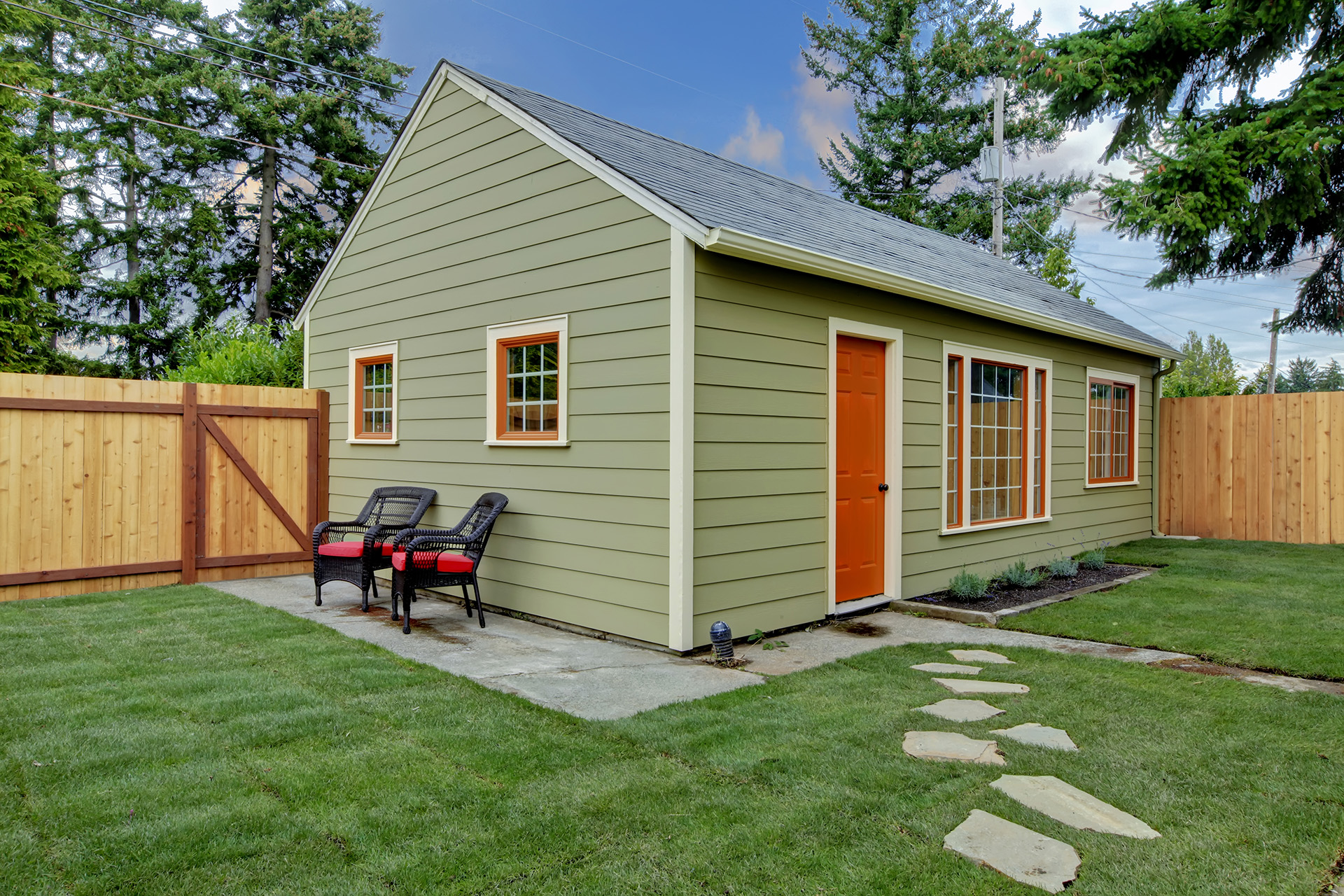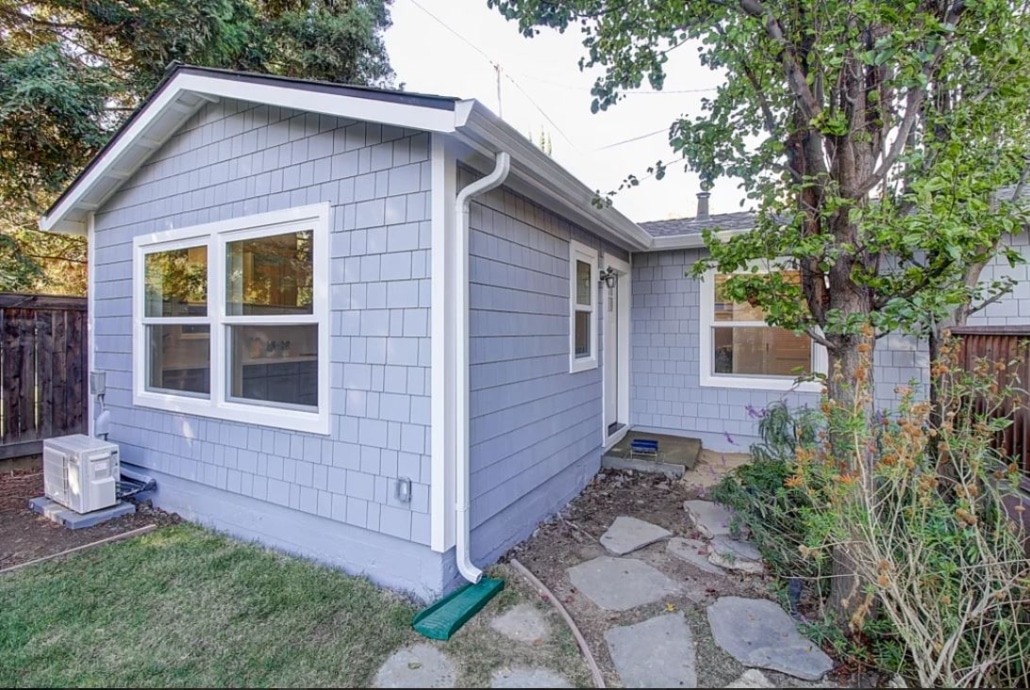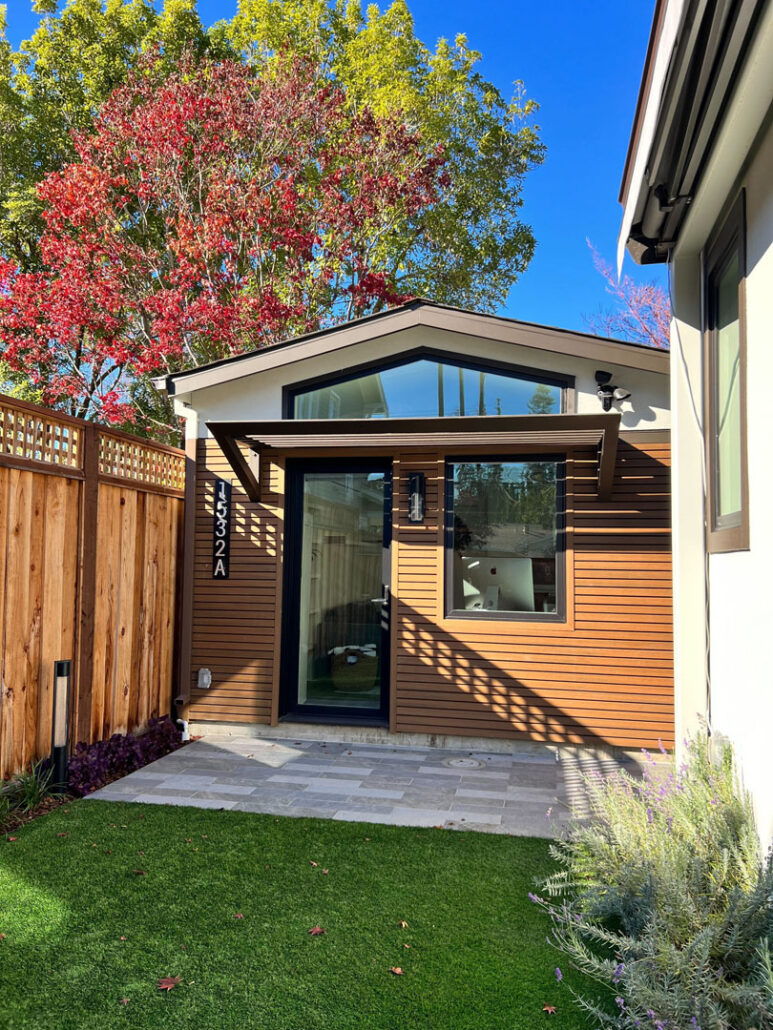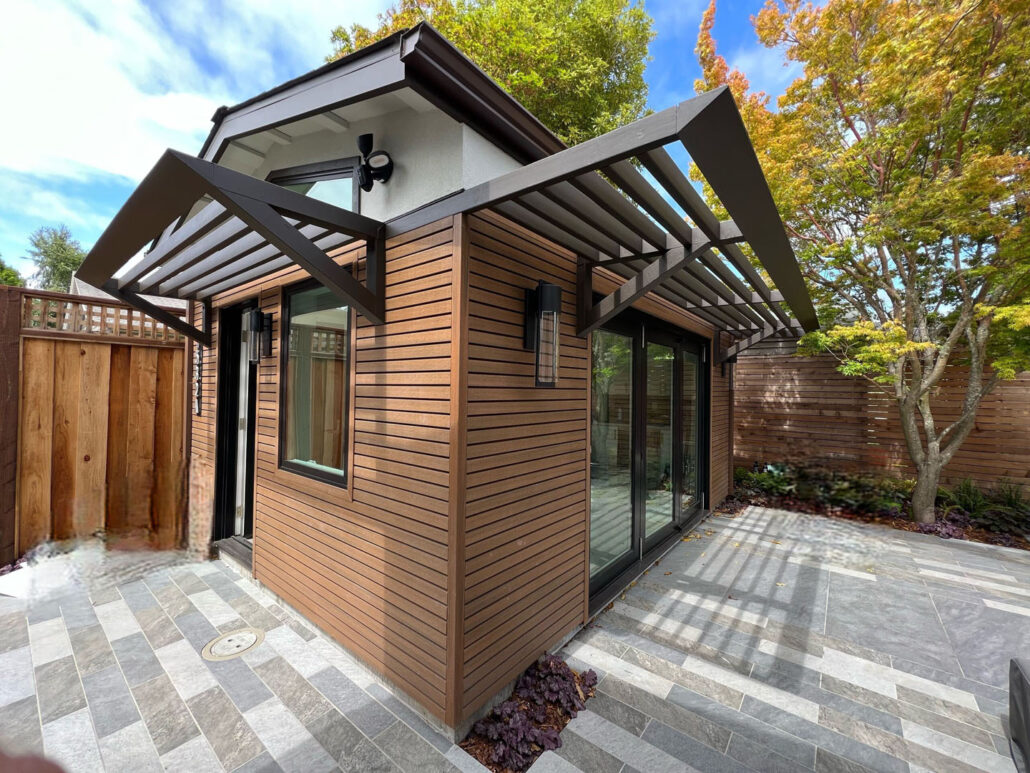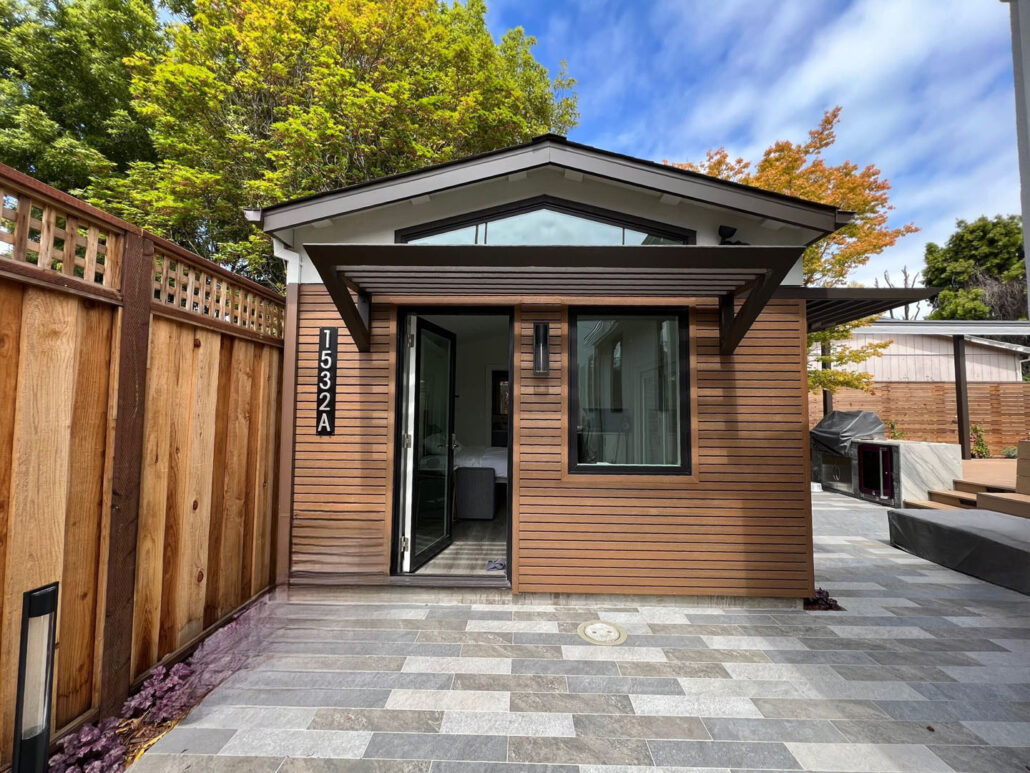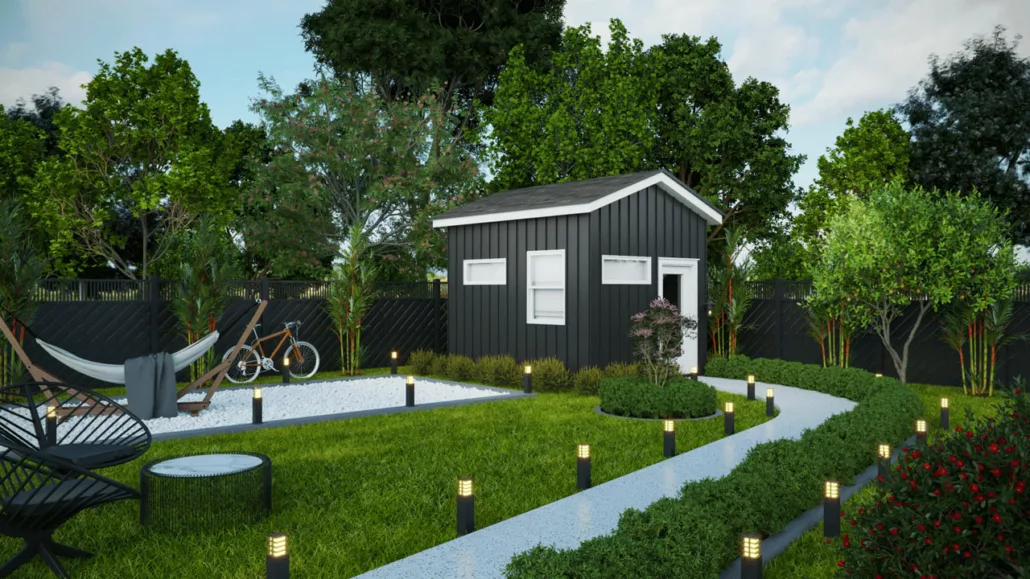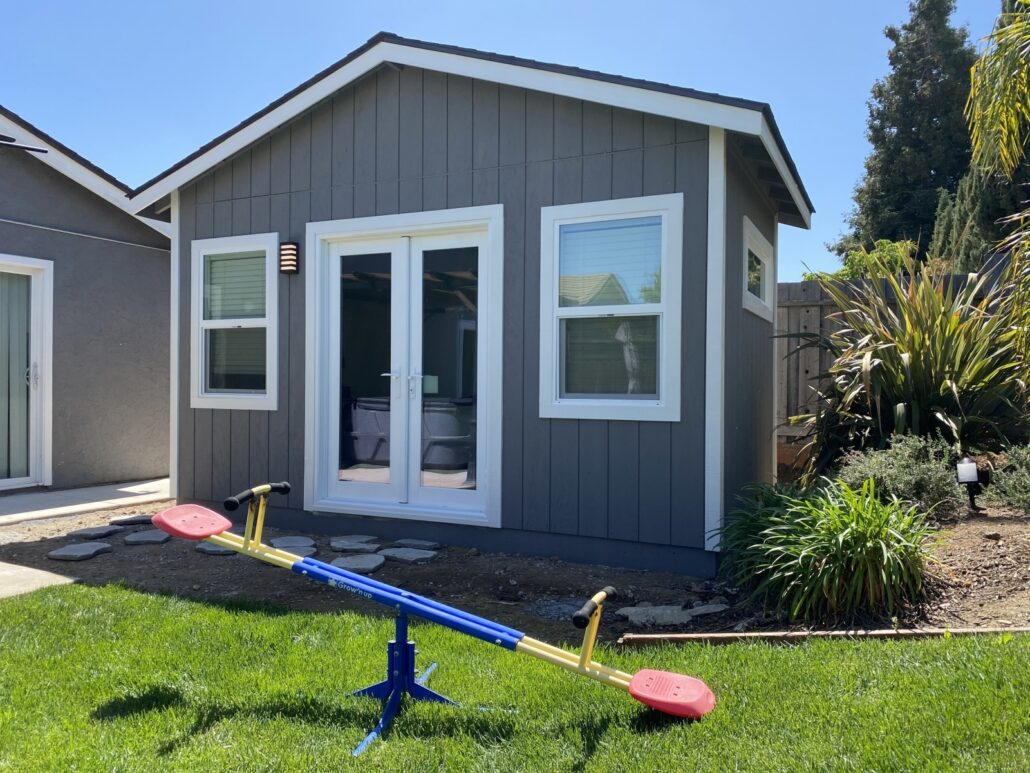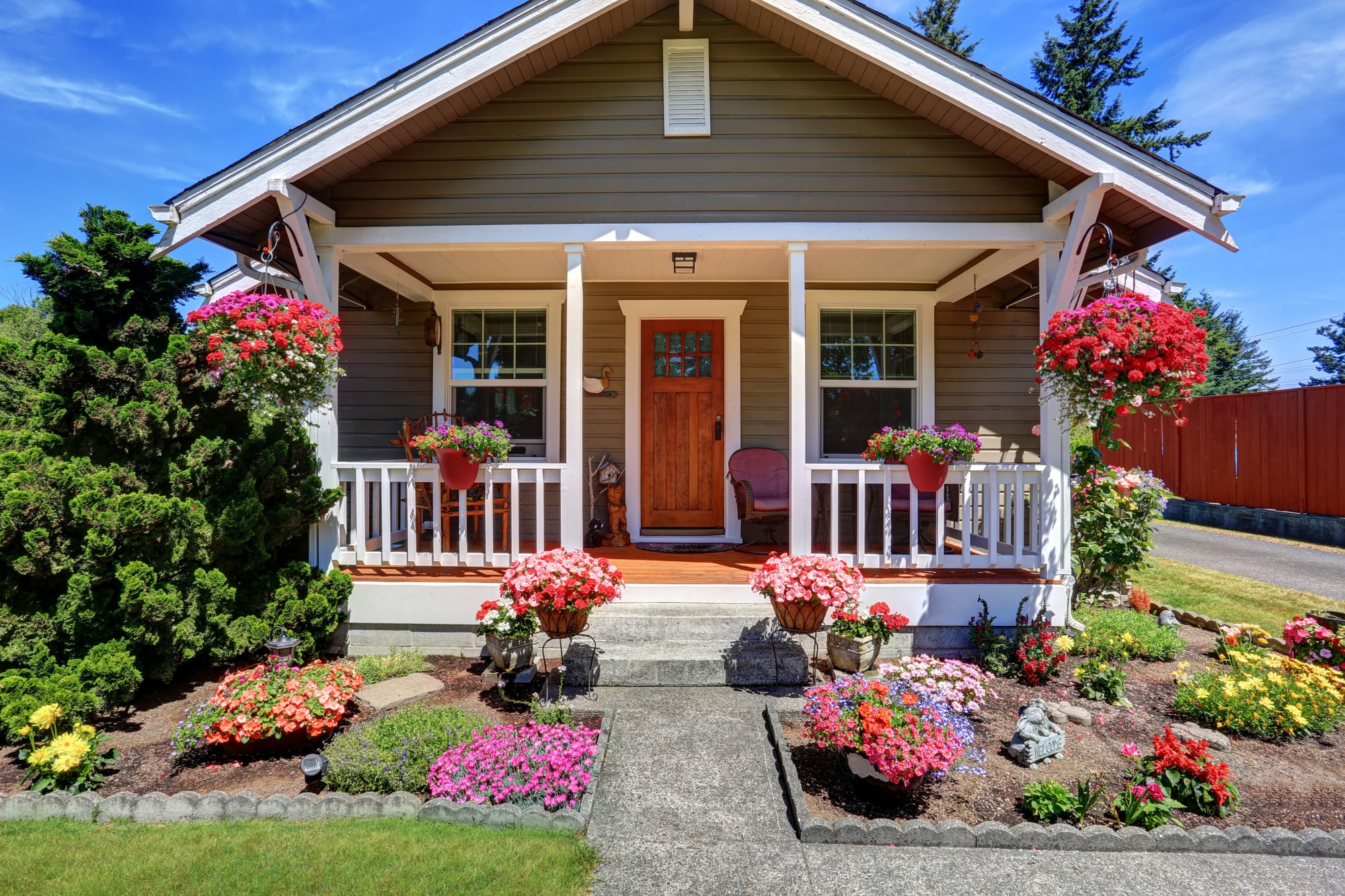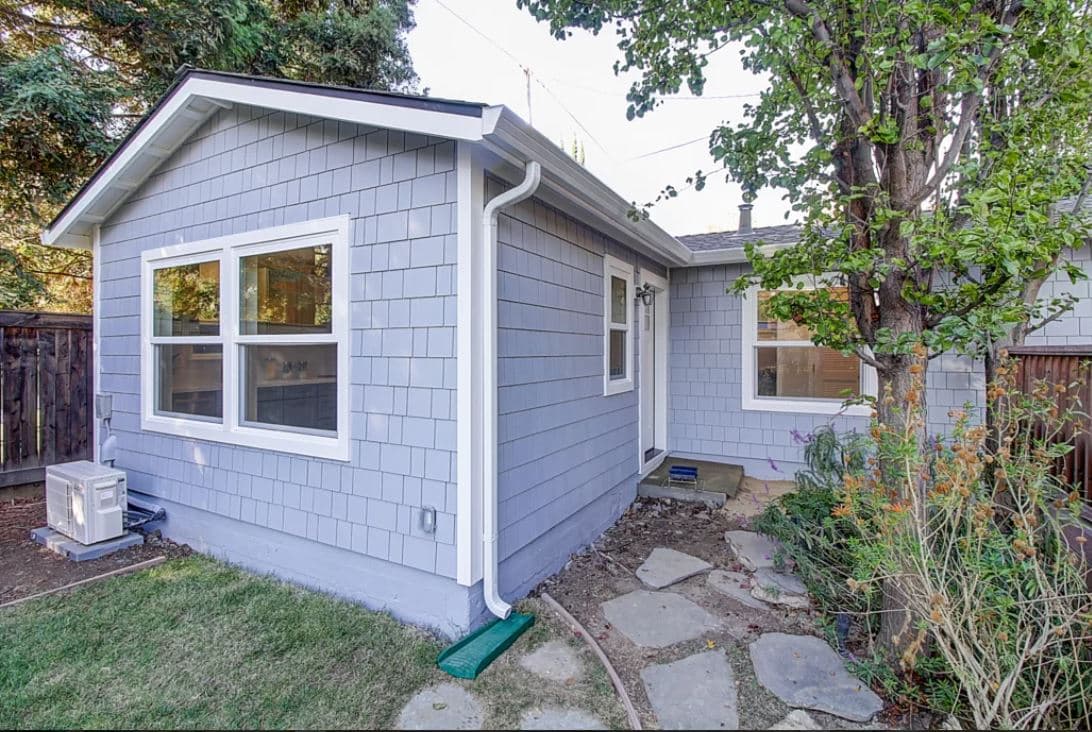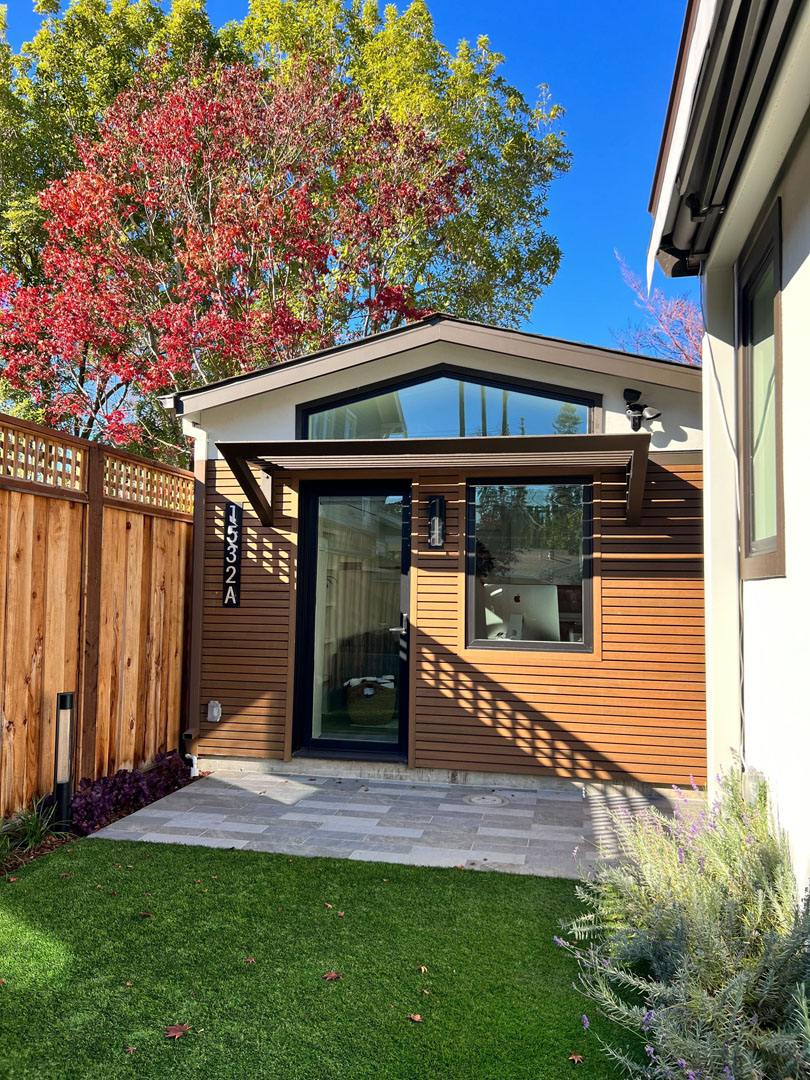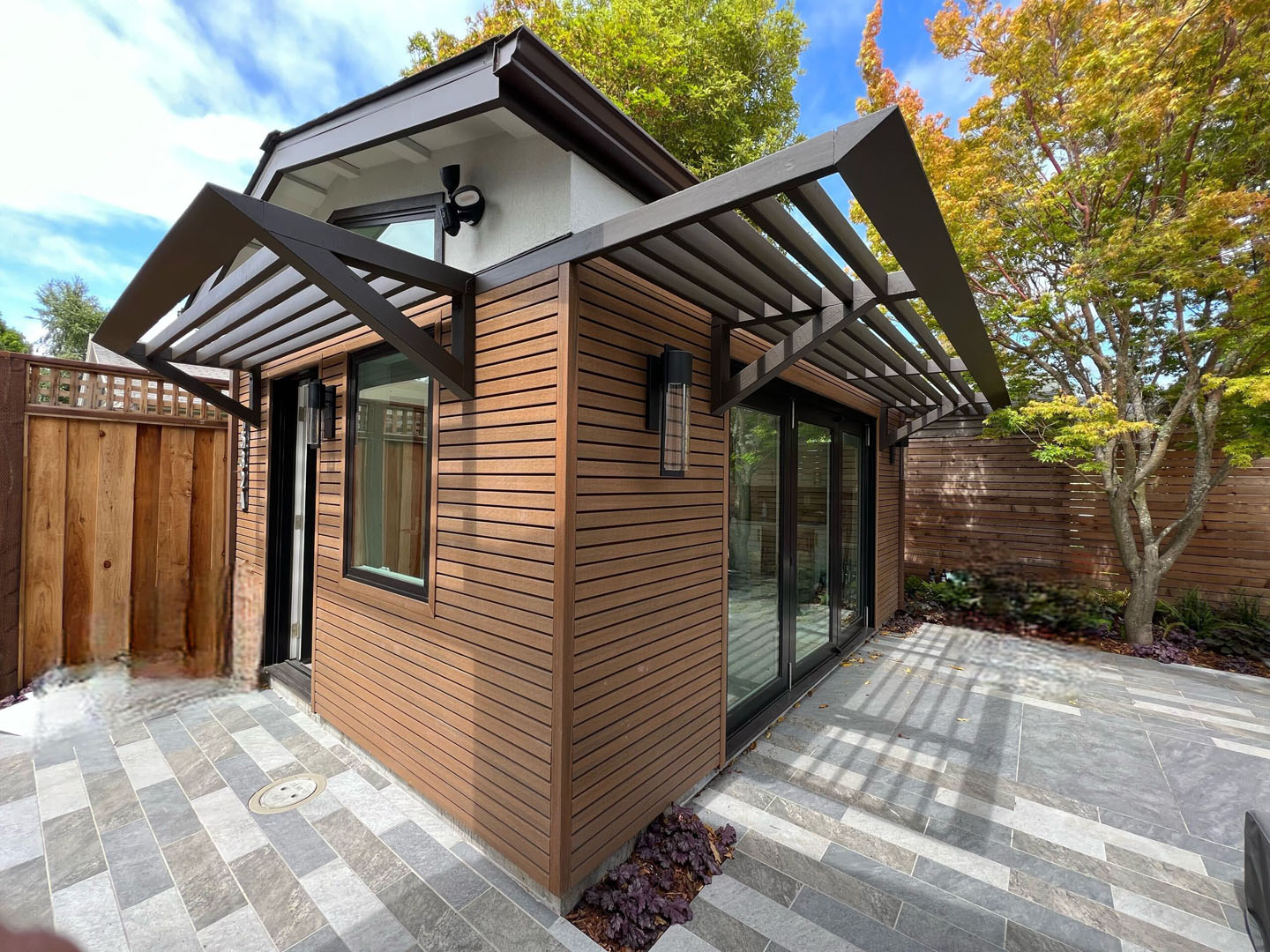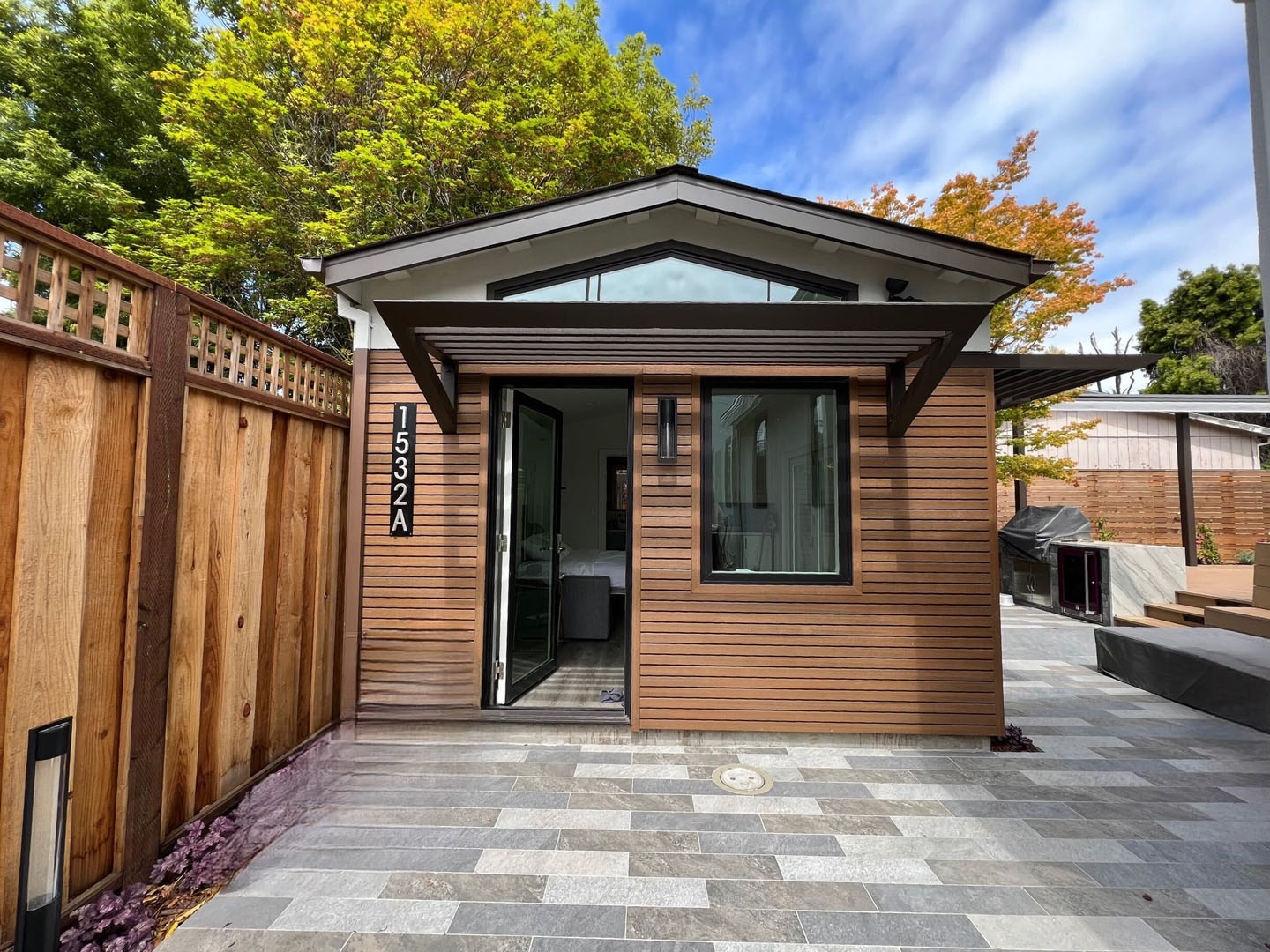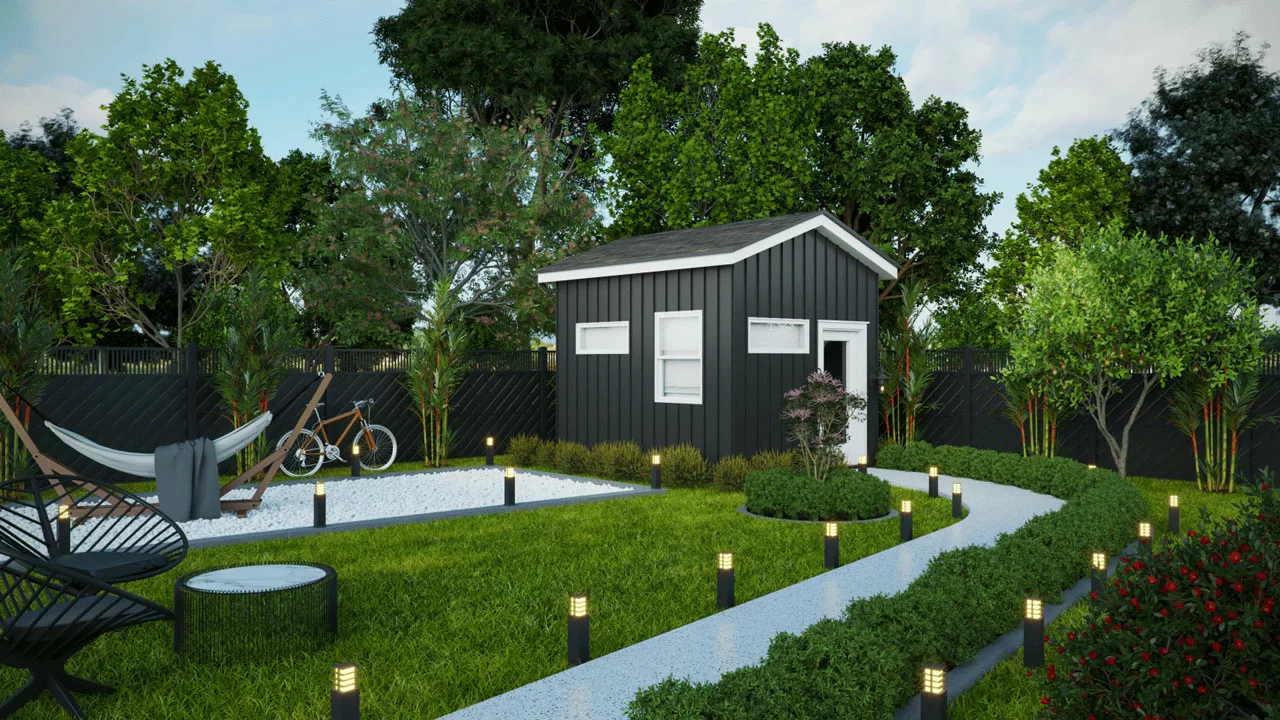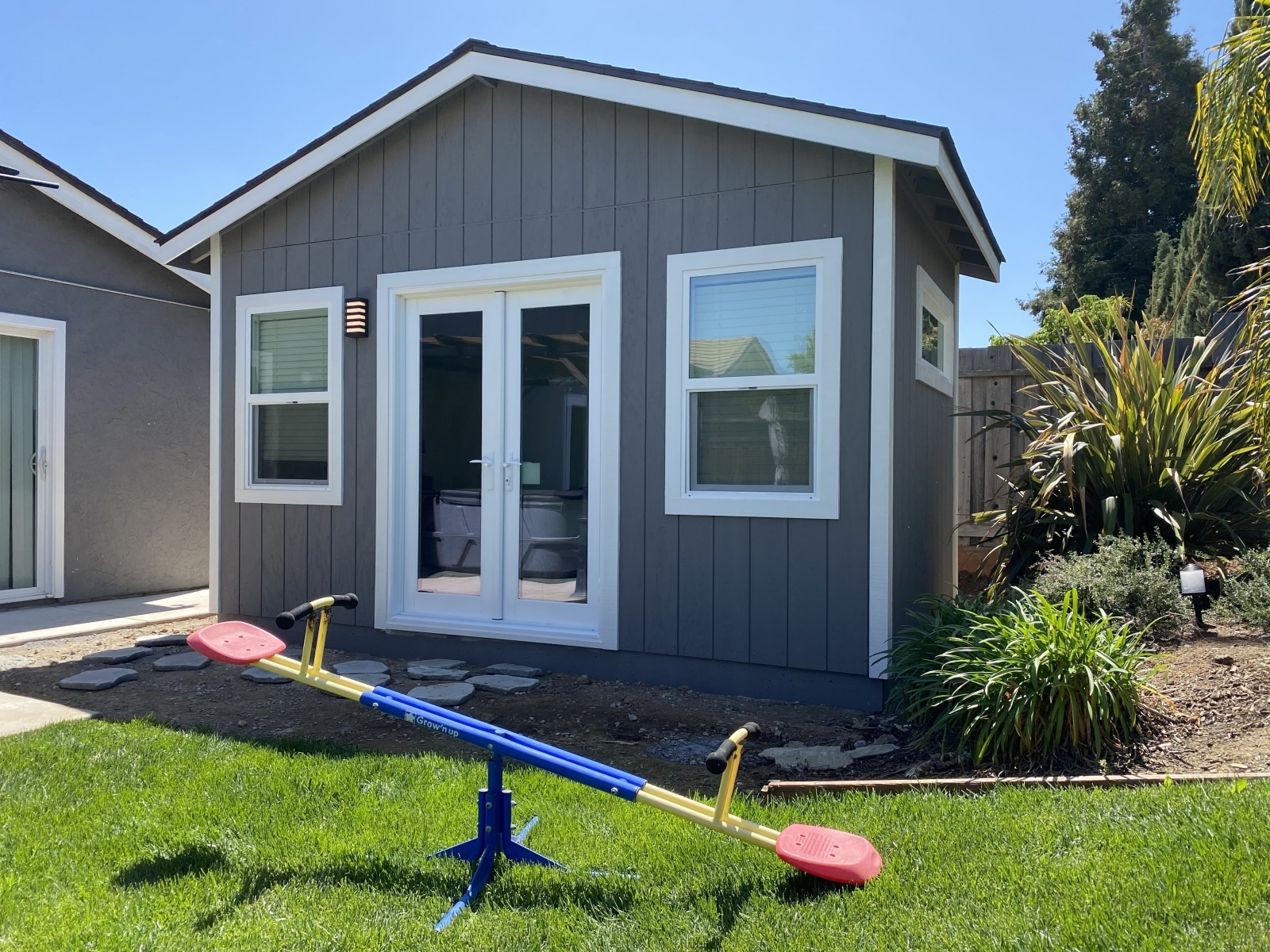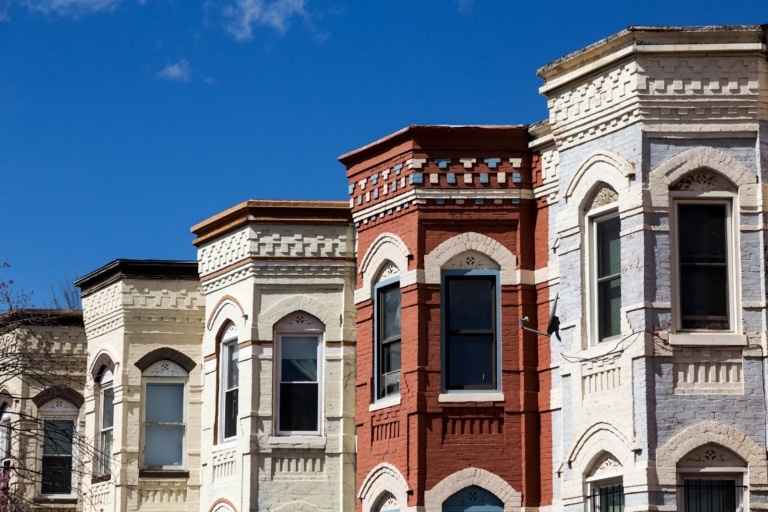Maximize Your Bay Area Property’s Potential with a Front Yard ADU
Accessory Dwelling Units (ADUs) are swiftly becoming a cornerstone of innovative and flexible housing solutions, offering a variety of benefits to homeowners. And though not especially common, there’s an emerging trend of installing ADUs in the front yard. These front yard ADUs in particular, present an exciting opportunity to creatively enhance and utilize residential spaces for properties that qualify.
We aim to inspire homeowners to look at their front yards (whenever applicable) as a potential untapped resource for expanding their living areas, enriching their lives, and contributing to the community. Join us as we explore the exciting possibilities that front yard ADUs can bring to modern living. Whether you’re looking to enhance your home’s curb appeal, address space constraints, or simply explore a unique housing solution, a front yard ADU could be the answer.
The Irresistible Appeal of Front Yard ADUs
Front Yard ADUs offer a unique blend of functionality, sustainability, and aesthetic appeal, transforming underutilized space into vibrant living areas. They not only enhance property value and curb appeal but also provide flexible housing solutions that cater to diverse needs.
Front yard ADUs possibly represent a smart investment in today’s housing landscape, and their rising popularity underscores a shift towards more adaptable, community-oriented living spaces that meet the demands of modern homeowners. Here are just some of the benefits a front yard ADU provides:
- Enhanced Property Accessibility and Security
Front yard ADUs offer unparalleled accessibility, making them an ideal option for homeowners looking to accommodate aging relatives or guests with mobility issues. The proximity to the street simplifies access, reducing the need for long walkways or stairs that can pose challenges to some individuals. Their visible location can also deter potential security threats, contributing to a safer living environment.
- Increased Property Value and Curb Appeal
Contrary to the notion that an ADU might clutter a property, a well-designed front yard ADU can significantly boost a home’s curb appeal. Architectural creativity allows these structures to complement the main residence, adding to the aesthetic allure of the property.
This improvement in curb appeal often translates into increased property value. Prospective buyers appreciate the added functionality and potential rental income an ADU represents, making properties with these units especially attractive in the housing market.
- Creative Utilization of Available Space
For properties with limited backyard space, front yard ADUs present an innovative solution to expand living areas. This approach allows homeowners to make the most of their entire property, turning underused spaces into valuable assets.
- Positive Impact on Community Housing Options
Front yard ADUs contribute to alleviating housing shortages in urban and suburban areas by providing additional, often more affordable, housing options within existing communities. This increased housing supply can help stabilize rental prices and offer more opportunities for individuals and families looking for accommodation. Moreover, by integrating more living spaces within established areas, communities can become more diverse and vibrant.
- Encouraging Sustainable Urban Development
By maximizing the use of existing residential lots for additional housing, front yard ADUs encourage a form of sustainable urban development. This strategy reduces the pressure to expand into undeveloped land, preserving green spaces and minimizing urban sprawl. ADUs typically require fewer resources to build and maintain than larger homes, contributing to a reduction in overall environmental impact.
- Strengthening Family Ties
The proximity of front yard ADUs to the main residence facilitates stronger social connections between occupants. Whether housing family members, friends, or tenants, the arrangement can foster a sense of community and mutual support. For families, it offers a way to keep relatives close while maintaining privacy. For others, it can create opportunities for social interaction and building lasting relationships with neighbors.
Smart Design and Placement Strategies for Your Front Yard ADU
Designing and placing a front yard ADU (Accessory Dwelling Unit) requires careful consideration, because not all properties qualify. Not to mention there are several factors to ensure that the new structure not only meets the homeowner’s needs but also complements the existing residence and neighborhood. Here are some strategies and tips for designing and placing your front yard ADU:
Complementing the Main Residence Aesthetic
- Harmonize Architectural Styles: Aim to match or complement the architectural style of your main residence. This doesn’t mean the ADU must be a carbon copy, but elements like roofing, exterior finishes, and windows should harmonize with the surrounding environment.
- Consider Proportions and Scale: The ADU should not overwhelm the main house or the lot. Its size and height should be proportional to the main residence and respectful of neighbors’ views and privacy.
- Landscaping as a Transitional Element: Use landscaping to blend the ADU into the property, with garden paths, hedges, or trellises that visually connect or separate the spaces as desired.
- Color Palette and Materials: Choose exterior colors and materials that harmonize with the main house and the surrounding environment, considering both durability and style.
Embracing Natural Light and Ventilation
- Skylights and Large Windows: Install skylights and large windows to flood the interior with natural light, while strategically placing them for privacy from the main house and neighbors.
- Translucent Materials: Use translucent materials for partitions to allow light to permeate throughout the space without sacrificing privacy.
- Outdoor Connections: Design doors and windows to create a seamless flow between the indoor and outdoor living areas, expanding the usable space.
Ensuring Accessibility, Privacy and Security
- Strategic Placement: Position the ADU to maximize privacy for both the ADU occupants and the main house. Use landscaping, fencing, or the natural topography of your lot to create private spaces.
- Security Features: Incorporate security features such as outdoor lighting, secure entrances, and visibility from the main house to ensure a safe environment for everyone on the property.
- Accessibility Features: For elderly occupants or those with mobility issues, incorporate accessibility features like ramps, walk-in showers, and grab bars from the outset.
- Adaptable Spaces: Design spaces that can easily be adapted for different uses over time, such as converting a home office into a bedroom, to accommodate changing family needs.
Maximizing Functional Space
- Efficient Layout: Design the interior layout to maximize usability and functionality. Open floor plans and multi-functional spaces can make the ADU feel larger than it is.
- Outdoor Living Areas: Consider including outdoor living spaces, such as a small patio or garden area, that enhance the livability of the ADU while maintaining a sense of separation from the main house.
- Multi-functional Spaces: Incorporate furniture and fixtures that serve multiple purposes, such as Murphy beds that can be tucked away, or countertops that double as dining tables or workspaces.
- Built-in Storage: Utilize built-in storage solutions like wall recesses, under-stair drawers, and overhead cabinets to keep the living area uncluttered and spacious.
- Lofted Areas: For ADUs with a sufficient height allowance, lofted spaces can provide additional sleeping or storage areas without compromising the living space below.
Innovative Use of Technology and Sustainable Practices
- Smart Home Technology: Include smart home systems for lighting, heating, and security that enhance comfort and control while optimizing energy use.
- Sustainable Materials and Insulation: Use eco-friendly building materials and invest in high-quality insulation and windows to minimize energy consumption and enhance comfort.
- Solar Energy Solutions: Incorporating solar panels into the ADU’s design can significantly reduce reliance on non-renewable energy sources. Solar energy can power lighting, appliances, and heating/cooling systems, making the ADU more self-sufficient and environmentally friendly.
- Green Roofs and Rain Gardens: Consider green roofs for added insulation and rain gardens to manage stormwater, contributing to the ADU’s sustainability and the property’s overall aesthetics.
Aligning with Local Regulations
- Check Zoning Laws: Before designing your ADU, check local zoning laws and regulations to ensure compliance. Some jurisdictions may have specific requirements regarding the size, placement, and appearance of ADUs.
- Engage with Neighbors: While not always a formal requirement, engaging with your neighbors about your plans can help mitigate concerns and foster community support for your project.
Navigating Bay Area Front Yard ADU Zoning and Regulations
The Bay Area’s approach to Accessory Dwelling Units (ADUs) embraces flexibility and innovation, catering to diverse property types and homeowner needs. Here is a summary of key insights and requirements based on local ordinances and guidelines:
ADU Size and Types
For single-family units, homeowners can typically build an ADU of at least 800 sq ft with a 16 ft height limit. The exact size allowance might vary, with detached ADUs on lots up to 9,000 square feet capped at 1,000 sq ft and those on larger lots at 1,200 sq ft. In some locales, multi-family buildings can add a number of ADUs equal to 25% of the existing unit count.
Permitting and Approval Challenges
Obtaining local approval emerges as a significant hurdle, with around half of the surveyed respondents citing the approval process as a major challenge in ADU construction. This underscores the importance of submitting complete, accurate plans to streamline the permitting process. Simplify your ADU permit approvals by getting the help of a trusted and experienced Bay Area ADU building company.
Local Resources and Support
Various Bay Area cities provide extensive resources to assist homeowners in navigating the ADU process. These include pre-approved plans, detailed checklists, and specific guidelines for different types of ADUs, ensuring that homeowners can find the necessary information and support for their projects.
Factors Affecting ADU Construction
The cost and feasibility of building an ADU are influenced by several factors, including the property’s layout, the desired ADU type, and any special requirements of the intended occupants. Site work, utility upgrades, and interior finishes also play a crucial role in determining the overall cost and complexity of the project.
Embracing Tomorrow: The Evolution of Front Yard ADUs
As the urban landscape transforms and the demand for versatile living spaces rises, front yard ADUs stand at the forefront of innovative home solutions. Understanding market trends and future-proofing your investment is paramount in ensuring your front yard ADU remains a contemporary and valuable asset.
Current Market Dynamics
The trend towards multifunctional, eco-conscious living is unmistakable. Today’s front yard ADUs are being crafted with sustainability in mind—utilizing green materials, incorporating energy-saving appliances, and integrating smart home technologies. These features not only respond to the environmental awareness of modern homeowners but also promise reduced upkeep costs and heightened market desirability.
Designing for Flexibility
Future-oriented planning involves creating adaptable spaces. Envision a front yard ADU with an interior that can easily transition from a cozy guest suite to an efficient home office, or even a serene yoga studio. This versatility ensures your ADU remains functional and in demand, adapting effortlessly to the ever-changing landscape of homeowner needs.
Keeping Ahead of the Curve
While tailoring your ADU to today’s needs, it’s crucial to stay informed about upcoming design trends, lifestyle shifts, and potential legislative changes that might influence the utility and value of your ADU. Regularly engaging with design publications, attending home and garden shows, and consulting with design professionals can provide insights into future trends, ensuring your front yard ADU remains a relevant and coveted feature of your home.
Unlock Your Dream Space with Acton ADU
The path to adding an ADU can seem daunting, with zoning laws, permits, and design considerations all in play. Acton simplifies this journey, leveraging their deep knowledge of local regulations and a streamlined process to navigate the complexities on your behalf. This hassle-free approach means you can focus on the excitement of creating your new space, rather than getting bogged down in paperwork and planning. With Acton, you’re not just building an ADU; you’re embracing a smarter, more sustainable future for your home.

